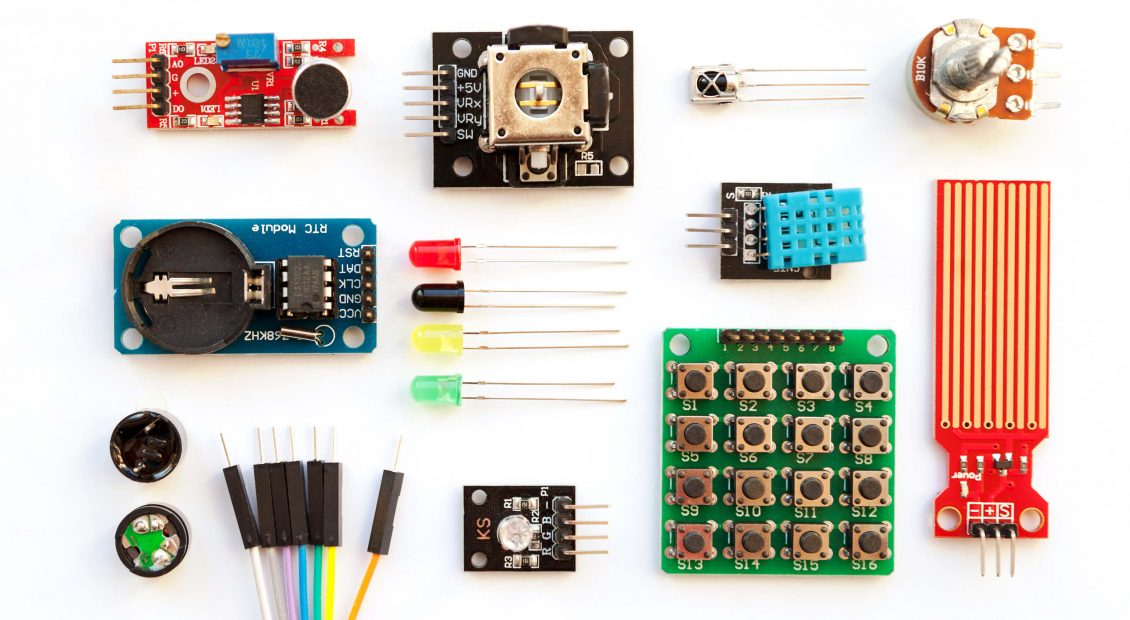
The utility trap: Staying on the right side of regulators
As society becomes ever more dependent on connectivity, telcos face a growing risk of being regulated like traditional utility companies. This report details how operators can avoid falling into “the utility trap” and drive growth in the next decade.








